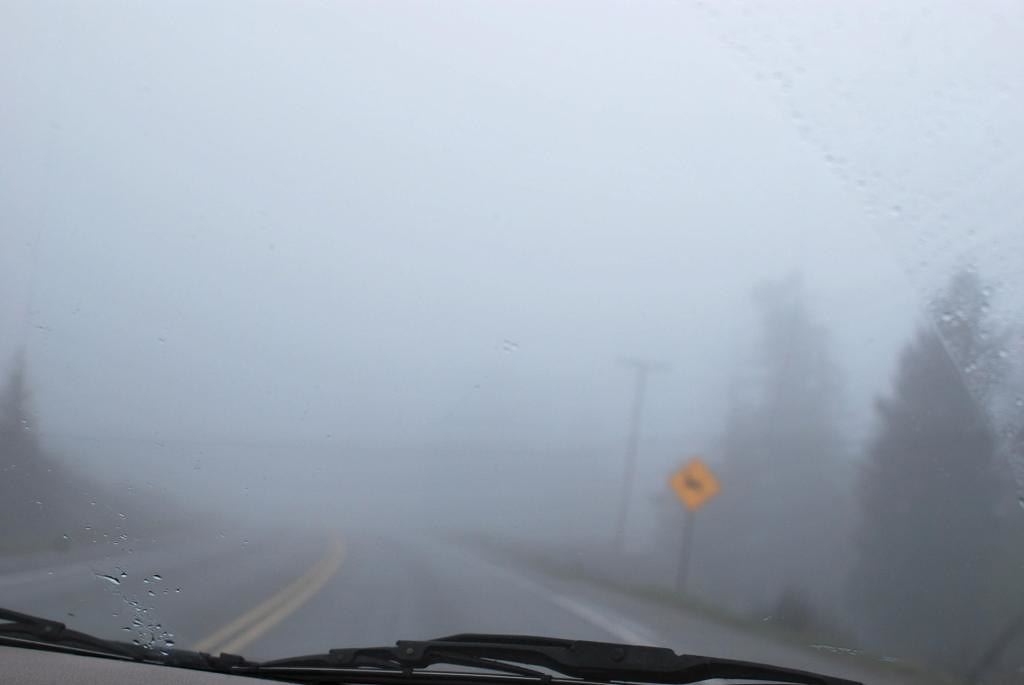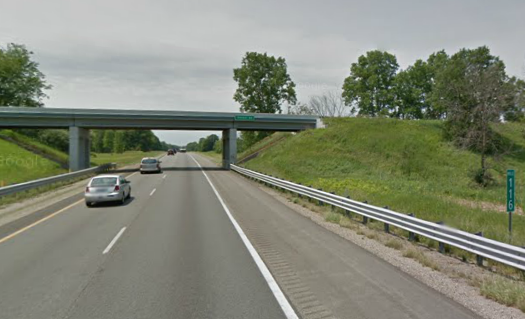I was thinking recently about a huge multi-vehicle accident that happened in Virginia a few months ago. That one involved 77 vehicles in thick fog. Of course it was a terrible tragedy that I wouldn’t wish on anybody. It also made me wonder whether it was the worst possible, or whether there were others even more extreme.

I didn’t realize that an even larger pileup had already happened in England only a few days ago. That’s the scary part. Accidents involving fifty, a hundred, even two hundred vehicles or more happen somewhere around the world with alarming regularity.
Learning that prompted me to abandon my original quest to find the most extreme accident caused by fog. At some point the distinction became meaningless. The overwhelming sample size and the resulting destruction was way too large. Instead, I highlighted a single example from several different nations.
They all followed similar patterns. Unfortunately motorists drive too quickly in low visibility and often without lights. Then they can’t stop when they come upon an earlier accident. In normal circumstances this might lead to a fender-bender. However, in fog it can transform into huge chain-reaction pileups.
United Kingdom

The English incident happened on September 5, 2013, on the A249 at Sheppey Crossing. This is a bridge over the Swale from the Kent mainland to the Isle of Sheppey (map). Numerous news sources covered the event.
The Independent noted that the accident involved 130 vehicles and caused a nine-hour delay. They described it as “the mother of all rush-hour pile-ups.”
“Visibility was very bad, down to 25 metres in thick fog… Drivers described being able to see no further than two or three car lengths ahead prior to the crashes, which left a trail of buckled vehicles stretching for several hundred metres, including cars thrown on top of each other and others flipped on to their roofs.”
The Mirror more colorfully asserted, “Witnesses blamed ‘idiots’ for driving at speeds up to 70mph and failing to use their fog lights.”
Michigan, USA

It was difficult to select only one example from the United States. So many large scale multiple-vehicle collisions happen all the time. Ultimately I went with the January 12, 2005 pile-up on Interstate 96 at mile marker 116 outside of Lansing, Michigan (map).
Typically Michigan in January should be extremely cold. However, freak conditions caused the temperature to rise above 50° Fahrenheit (10+° c). Then rapidly melted snow created a thick fog during the afternoon. The Lansing State Journal described it as Hell on Earth. “A sudden and blinding afternoon fog, resulted in Michigan’s worst roadway disaster in recent history, involving more than 200 vehicles, injuring 37, and killing two.”
This closed the interstate highway in both directions for twelve miles. I found a whole series of photos from the aftermath on Michigan Fire Ground.
California also had more than its share of massive pile-ups caused by fog. These tended to concentrate in the San Joaquin Valley and also closer to Los Angeles. For instance, I-710 (the Long Beach Freeway) experienced a 200 vehicle smashup in 2002.
Belgium
The tiny Belgian nation experienced an oversized disaster on the E17 motorway near Nazareth (southwest of Ghent), on February 27, 1996. Again, fog was the culprit. This one seemed particularly horrific with ten people killed from the collisions and ensuing fire. Over 200 vehicles crashed.
The community still remembers this tragedy. Nieuwsblad.be published an article in late 2012, Monument commemorates pileup on E17 (“Monument herdenkt kettingbotsing op E17”). Please pardon the imprecise auto-translation into English:
“At the entry and exit complex Deinze / Nazareth the E17 is a memorial placed on the night of Wednesday to Thursday. The artwork is in memory of the deadly pileup on February 27, 1996… At the entrances and exits complex on the E17 had that morning a treacherous fog formed. This exceptional whim of the weather caused an unprecedented pileup. Dozens of trucks and cars drove on each other.”
Sweden
Sweden made the news earlier this year on January 15, 2013, for a hundred vehicle pile-up on the E4, atop the Tranarps Bridge (Tranarpsbron) in the southern part of the nation. As described at the time by The Local,
“Photographs from the scene showed the dense fog that contributed to poor visibility, and lines of cars and trucks spilling haphazardly across the lanes of the low bridge near Helsingborg. The accident occurred just before midday on the Tranarp Bridge just northeast of Helsingborg, and the roads in both directions have been shut down since.”
The Swedish press placed the blame on dense fog, slippery roads, and a recent change in the law that allowed trucks to forgo snow tires when conditions warranted. Apparently roads were in worse shape than some truck drivers anticipated. Fog compounded the issue and they couldn’t react in time to avoid collisions.
I know I’ll think twice now before venturing onto a freeway during foggy conditions. Failure to adjust driving patterns to weather conditions seems to be a worldwide phenomenon.

Leave a Reply